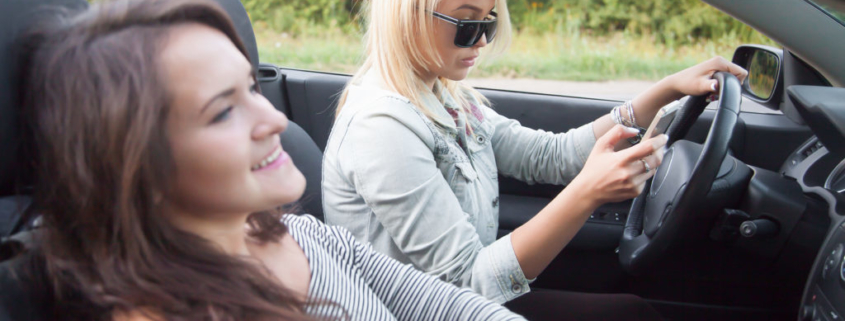Proving the Other Driver was Texting in a Car Accident
Negligent driving is one of the most common causes of car accidents in Alabama and across the country. Unsafe driving can take many forms. And distracted driving, including texting or otherwise using a cell phone, continues to be a major cause of life-threatening car accidents.
If the driver who hit you was texting and driving, they should be brought to justice and ordered to compensate you for their negligence. But getting them to repay you may be more of a challenge than you previously thought.
With the help of an experienced Alabama car accident lawyer, you can get the legal help you will need to prove the other driver was texting, thereby causing your car accident. Contact Burns, Cunningham & Mackey office at (800) 574-4332 to schedule your free consultation today.
Alabama Texting and Driving Laws
Under Alabama law, it is illegal for drivers to text and drive. In fact, it is illegal for drivers to do anything on their phones while they are operating a vehicle. Individuals who are caught texting and driving can face citations and other penalties that could have a significant impact on their lives.
But despite the fact that drivers are subject to penalties and fees for texting and driving, the issue continues to be a problem across the state. If a driver was texting and caused your injuries, it will be critical that you have an experienced attorney on your side who can help you prove the distracted driver was negligent.
Evidence to Support Distracted Driving Caused Your Injuries
In order for you to be awarded compensation in a car accident claim where texting and driving was an issue, your attorney will need to be able to show that the driver in question was texting at the time of the accident. One of the best ways for your lawyer to be able to prove this is by getting a subpoena of the driver’s phone records.
This will show an exact timestamp of any incoming calls, text messages, or video calls that might have occurred at the time of the accident. But that’s not the only type of evidence that could be used to support your case. Some of the other types of evidence that could be used to support distracted driving claims include:
- Eyewitness statements
- Photographs
- Video footage
- Accident reports
- Experts to testify
Of course, obtaining this type of evidence can be a challenge, particularly when you are still recovering from your injuries. Your attorney will be able to obtain this evidence on your behalf, so you can spend your time recuperating while we work on building a powerful case against the distracted driver who caused your injuries.
How to Get Compensation After a Car Accident Caused by Texting
There are multiple paths that you can take to be awarded compensation after a distracted driver caused your car accident. The first is by filing a claim with the insurance company. Since the state of Alabama is a fault state for car accidents and auto insurance purposes, you will need to file a claim with the liable party’s insurance company after your accident.
Your attorney will be prepared with evidence that shows the driver was texting, so their insurance company is unable to get away with paying you less than you deserve. Still, the insurance company may not be required to compensate you for every loss. If you hope to make the distracted driver cover all of your losses, you may need to be prepared to bring them to court. Your attorney will be prepared to present a strong case before the jury.
Get Help from a Car Accident Lawyer in Alabama Today
When a distracted driver is responsible for causing your car accident, you can take action and hold them accountable. Make them pay for their recklessness when you reach out to a reputable Alabama car accident lawyer at Burns, Cunningham & Mackey.
Schedule your free, no-obligation consultation when you call our office at (800) 574-4332. Or fill out our online contact form, and we will reach out to you to learn more about the details of your car accident.





Leave a Reply
Want to join the discussion?Feel free to contribute!